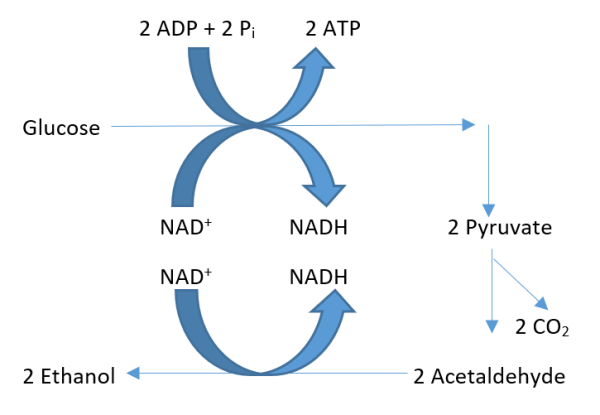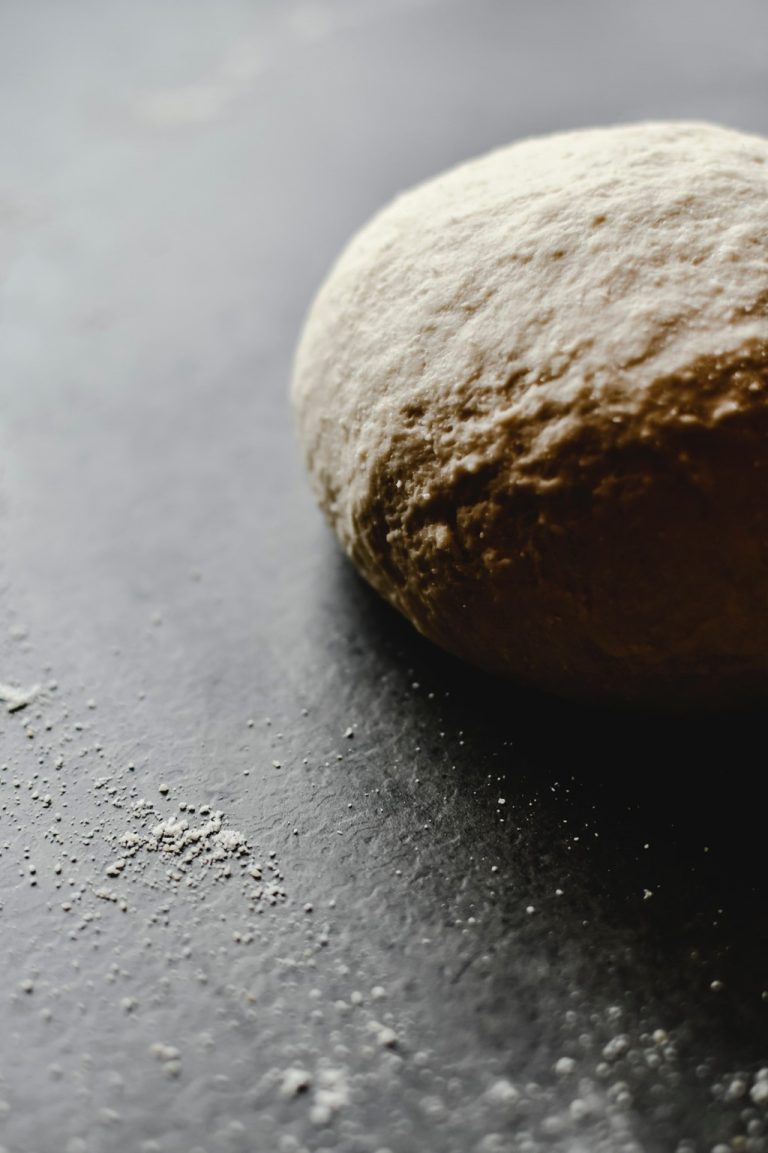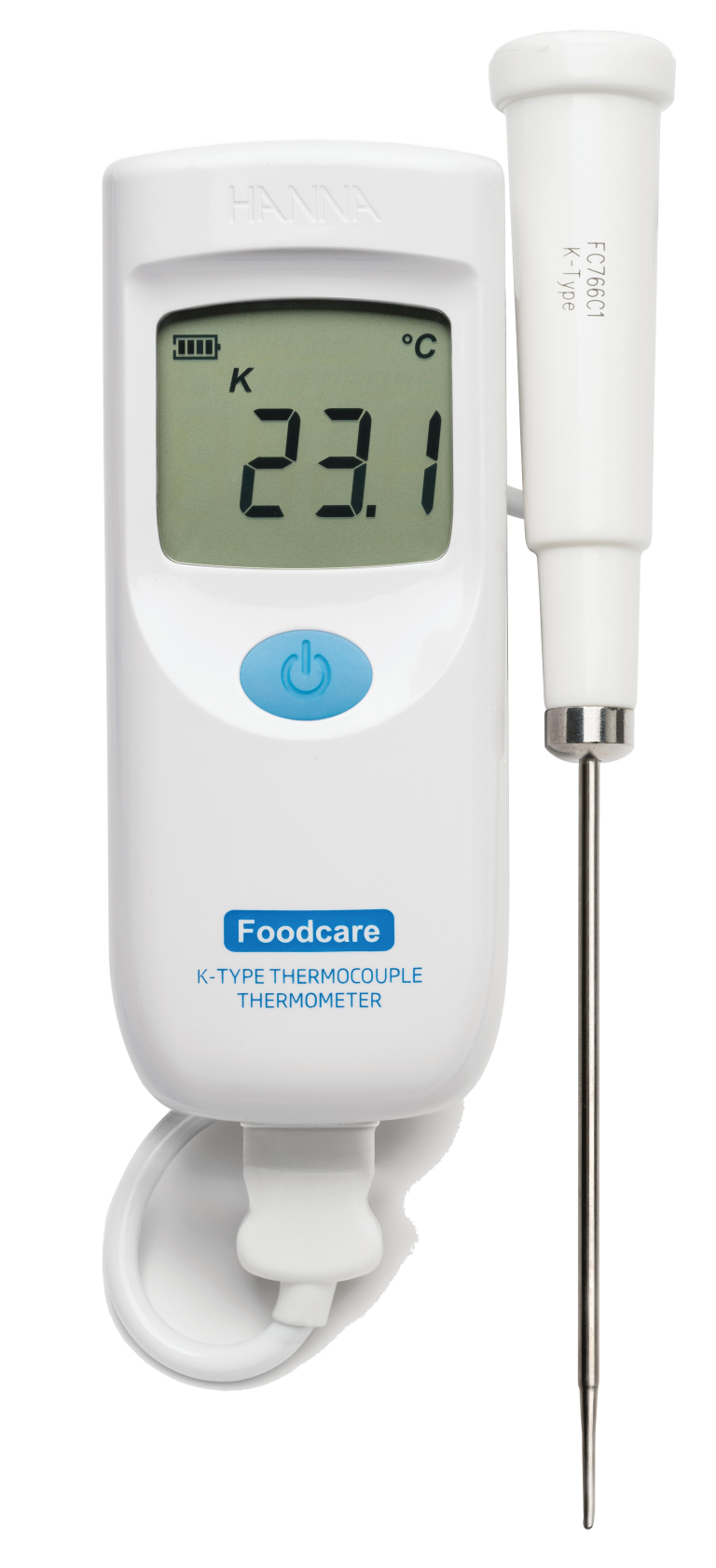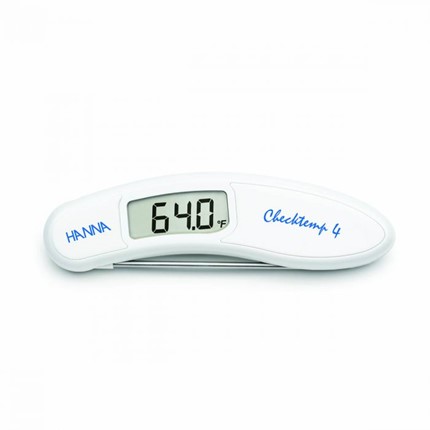Bread is a staple in the diet of most people enjoyed since ancient times.
It comes in a variety of forms: loaf bread, flat bread, white bread, sweet bread, sourdough.
Bread is found in every corner of the world.
During the production of bread, a fermentation process takes place.
Fermentation is the process of anaerobic respiration of microorganisms.
Factors affecting the intensity of fermentation:
- type of microorganism
- temperature
- pH
- sugar concentration
- growth substances/substrate

The rapid fermentation using only commercial yeast is the most used process for the industrial production of bread.
Flour, water and yeast or some others ingredients are being mixed, to obtain the dough; after that dough fermentation is following: the operation of dividing into smaller pieces, the shaping of dough pieces in the desired final product form, and the final proof step.
For more traditional bread making, after mixing, the dough must be fermented for a period of time (depending on the technology type) before final processing. During this period of time occurs a significant contribution towards gluten development.
During the production, temperature is one of the most important parameter that have influence on the entire technological flow.
Each recipe can have specific temperature for each step of the process. The optimum temperature for the yeast metabolism is 25-30°C, so the dough temperature should be between 25 and 28°C, depending on the dough type.
The final dough temperature may depend on temperature of ambient, flour temperature, water temperature and temperature caused by mixing device.
Sourdough is a type of dough fermented by yeast and lactic acid bacteria (LAB) used as sponge dough in bread making. Sourdough may have four classifications according to the fermentation type and the technological process used. With LAB’s growth during fermentation, pH decreases with subsequent hydrolysis of starch and protein, favoring the growth of yeasts. Temperature affects the fermentation rate and microbial composition of the sourdough.
Type I sourdough is usually produced using a firm dough and a traditional method, characterized by spontaneous fermentation, initiated by the microbial strains already present in the first dough and carried out at room temperature (20–30 °C).
Due to the addition of the starter cultures, the fermentation process used with type II sourdough is carried out at higher temperatures, in excess of 30 °C; this allows a fast and high acidification that can inhibit the growth of natural yeast.

The microbiota present in the final sourdough is strongly influenced by the temperature fermentation and by starter culture composition used.
For measuring temperature use K-Type Thermocouple Thermometer HI9350011….
HI9350011
K-Type Thermocouple Thermometer
Designed with user functionality and performance in mind, the HI9350011 is a waterproof K-Type thermocouple thermometer that measures temperature from -50.0 to 399°C (-58.0 to 573°F ).
The included batteries provide up to 3500 hours of continuous use. CAL Check™ and the Battery Error Prevention System (BEPS) ensure the highest level of accuracy and confidence.
The probe is replaceable and works with an assortment of specialized probes.
This meter can be certified as traceable to NIST standards upon request.
- ±0.4°C/±0.7°F accuracy
- Ultra-Fast response penetration probe that reaches 90% of its’ final value within 4 seconds
- Perfect for use in industrial kitchens for wash-downs and cleaning of food processing equipment, as well as food packaging
…or you can use Checktemp®4 Temperature Tester.
HI151
Checktemp®4
Temperature Tester for dairy productsMeter
For home and professional kitchens, HI151 Checktemp®4 is the perfect portable, high-accuracy thermometer.
Ideal for spot checks and measuring across a wide range of temperatures, the Hanna folding thermometer is a favorite across the food industry.
- Color coded to meet HACCP regulations.
- Stainless steel probe for easy insertion into food products.
- Pocket-sized with large LCD.
Temperature control is one of the most important parts of breadmaking:
too low and the dough won’t rise well, too high and the dough will over-ferment.
Author: Tajana Mokrović
mag.nutr.
Have questions?
Contact a Hanna Technical Specialist at [email protected] or using our contact form.
SOURCES:
Salovaara, H., & Valjakka, T. (1987). The effect of fermentation temperature, flour type and starter on the properties of sour wheat bread. International Journal of Food Science & Technology, 22, 591–597.
Cappelle, S., Guylaine, L., Gänzle, M., & Gobbetti, M. (2013). History and social aspects of sourdough. In M. Gobbetti & M. Gänzle (Eds.), Handbook on sourdough biotechnology (1st ed.). Germany: Springer.
Brandt, M. J., Hammes, W. P., & Gänzle, M. G. (2004). Effects of process parameters on growth and metabolism of Lactobacillus sanfranciscensis and Candida humilis during rye sourdough fermentation. European Food Research and Technology, 218, 333–338.
Siepmann, F. B., Ripari, V., Waszczynskyj, N., & Spier, M. R. (2017). Overview of Sourdough Technology: from Production to Marketing. Food and Bioprocess Technology, 11(2), 242–270. doi:10.1007/s11947-017-1968-2







